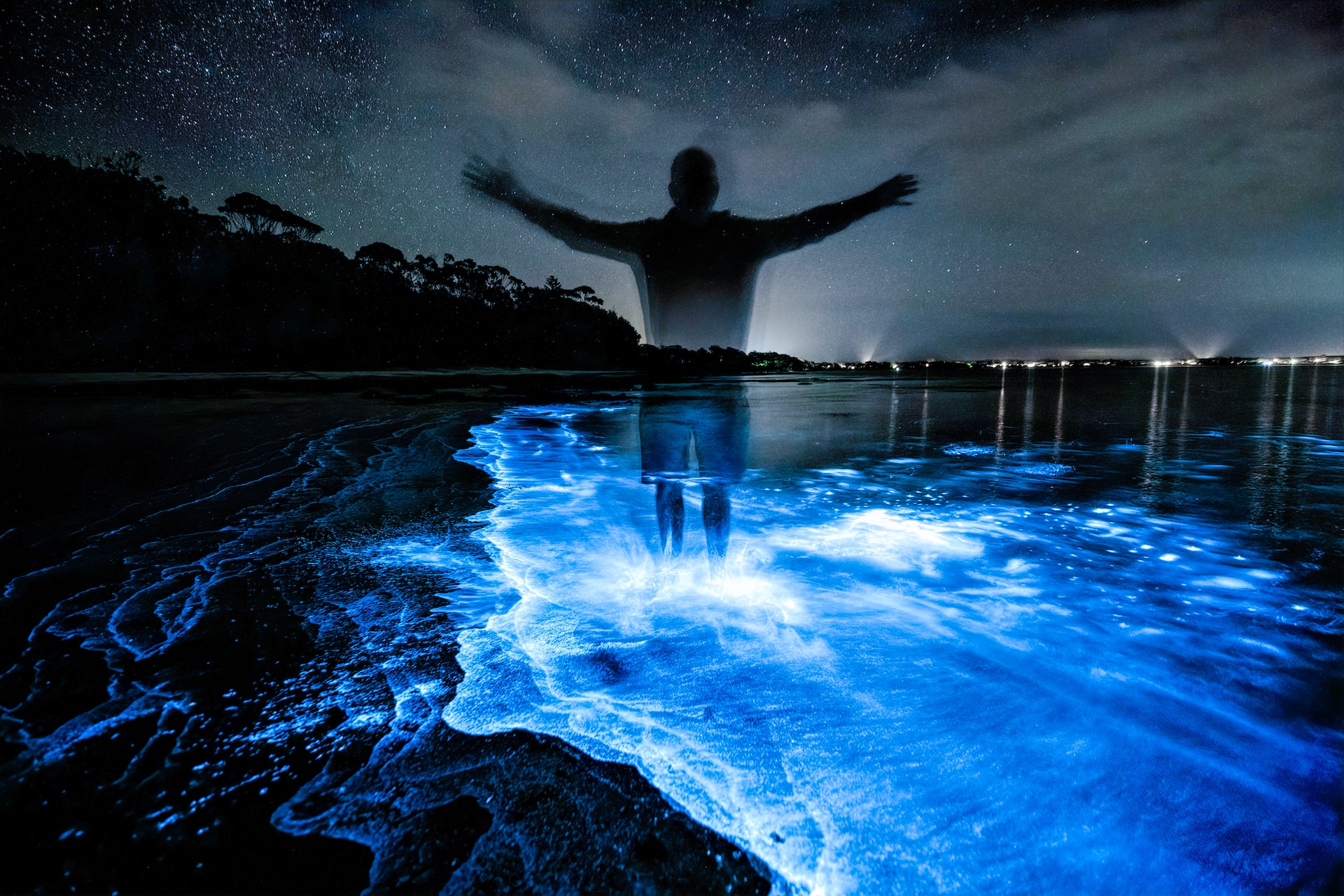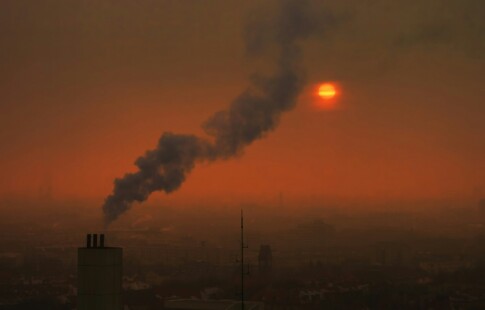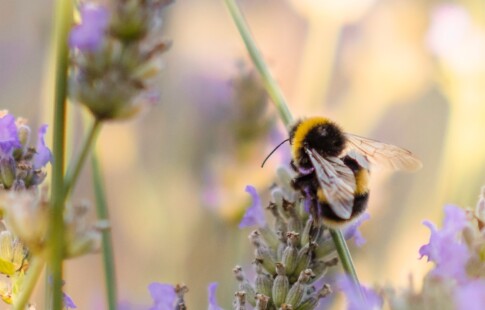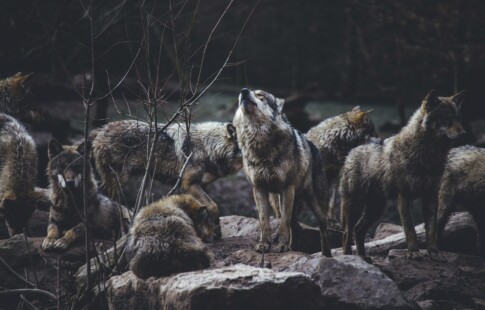
Real-Life Avatar: Where to See Bioluminescent Algae and Other Glowing Mysteries
We are reader-supported. When you buy through links on our site, we may earn affiliate commission.
On a rainy night in Puerto Rico, you could be forgiven for thinking you see stars in the water. As raindrops hit the surface of one of the island’s three bio bays, they turn electric blue, creating a dazzling light show of scintillating spots. Bioluminescent algae, squid, and shrimp have long captured the human imagination, and people still flock to see naturally neon waters. Where can you experience water that glows in the dark?
1. Mosquito Bay, Puerto Rico, U.S.
Mosquito Bay is the brightest bioluminescent bay in the world, but don’t let the name fool you. A trip to this scenic spot doesn’t require full-body mosquito netting or a heavy dose of bug spray. In fact, maybe it’s good that the name scares people off!
The bay is located in Vieques, a smaller island seven miles off Puerto Rico’s east coast. You can reach it by ferry or commuter plane. Although you can’t swim in this magical body of water, you can run your hands through it, stirring up bioluminescent plankton that glow blue at the slightest touch.
A single gallon of water in Mosquito Bay contains up to 700,000 dinoflagellates, tiny organisms whose taxonomy is disputed. But whether they’re bioluminescent algae or protozoans, one thing is certain — these plankton sure know how to glow.
2. Laguna Grande, Puerto Rico, U.S.
Ever wish you could kayak through a bioluminescent mangrove forest? Wish no more — Laguna Grande in Fajardo, Puerto Rico lets you do just that. Just get in touch with a boating or kayaking tour provider, then experience the night of a lifetime. As you paddle, the waters glow an eerie blue thanks to bioluminescent algae.
Laguna Grande is in the northeast corner of Puerto Rico’s main island, a little over an hour-long drive east from San Juan. Watch the water closely to see fish stirring up light trails beneath the waves.
3. La Parguera, Puerto Rico, U.S.
La Parguera is one of three bioluminescent bays in Puerto Rico, but it’s unique in that you’re allowed to swim in the water. You can bring a snorkel and get an up-close view of the bioluminescent algae.
Swimming is allowed because this bay is much more open to the ocean than the other two, meaning the water is exchanged more frequently. Still, the marine ecosystem is sensitive to the chemicals in things like sunblock, perfume, and bug spray. Opt for DEET-free insect repellent and rinse off any makeup, shampoo, and deodorant before taking a dip.
The bay is located in the southwest corner of the main island. It’s a little more than a two-hour drive from San Juan. As with all bioluminescent locations, the best time to visit is during a new moon when the night is darkest.
4. Toyama Bay, Japan
Most bioluminescent animals live in the ocean, and the firefly squid is no exception. Japan’s Toyama Bay doesn’t light up due to bioluminescent algae, but rather, from millions of these tiny mollusks emerging from the ocean’s depths to mate. They do this every year from March to June, with the best time to see them usually occurring in April.
If you don’t mind rising early or staying up well past midnight, you can take a boat tour to watch fishermen catch firefly squid in the darkness. It’s well worth one sleepless night to witness the phenomenon.
5. Jervis Bay, New South Wales, Australia
New South Wales, one of Australia’s southwestern states, is home to Jervis Bay. The area is known for its clear water, gorgeous white sand, dolphin cruises, and much more — including bioluminescent algae that puts on a spectacular show.
The same dinoflagellate responsible for Australia’s red tide also turn the waves blue in the dark. Visit between May and August on a new moon after a rainfall for the brightest, most visible display. Some of the best spots along the bay where you can see this phenomenon are Barfluer Beach, the Scottish Rocks, Orion Beach, Blenheim Beach, and Callala Bay.
6. Luminous Lagoon, Jamaica
Another place where you can swim among bioluminescent algae is the aptly named Luminous Lagoon. Salt and freshwater combine in this warm, shallow lagoon in Jamaica. With the nearby mangrove trees supplying the water with essential nutrients, it’s the perfect place for dinoflagellates to thrive, giving visitors a unique opportunity to bathe in glowing blue light.
After dark, a boat will take you to the middle of the lagoon. You can then jump into the water and create the aquatic equivalent of snow angels, only with light instead of ice.
7. Matsu Islands, Taiwan
Every year from April to August, you can see Taiwan’s famous “Blue Tears” phenomenon. The shoreline of the Matsu Islands glows neon blue as waves filled with bioluminescent algae crash onto the rocks. You can book a boat tour to watch the water glow in your wake, or get up close and personal with the algae by splashing around on the shoreline.
8. The Maldives
With gorgeous white-sand beaches, palm trees, and crystal blue waters, visiting the Maldives is an experience in its own right. But if you stay out late, you might be treated to an after-dark spectacle known as the Sea of Stars.
Unlike with many other bioluminescent phenomena, the waves around many of the Maldive’s islands glow because of tiny crustaceans — the same class of animals that contains shrimp and lobsters — called ostracods. June through October is generally the best time of year to see them.
You can even swim in the ocean as it glows, creating an experience that’s nothing short of magical. In fact, the Maldives are a popular honeymoon destination partly due to the twinkling blue ocean. It doesn’t get much more romantic than that!
All That Glitters
From sparkling blue algae to shimmering squid, the world is full of natural wonders that glow in the dark. Though this article only covered bioluminescent water, there are also caves filled with glowworms, fields teeming with fireflies, and forests full of neon mushrooms that look like eyes in the darkness. You only have to know where to look.
Share on
Like what you read? Join other Environment.co readers!
Get the latest updates on our planet by subscribing to the Environment.co newsletter!
About the author
Grace Waters
Always inspired by the natural world around her, Grace grew up exploring tide pools and hiking mountain trails, developing a deep appreciation for biodiversity and conservation. Now, Grace works as the Senior Editor of Environment.co where she covers topics related to emerging clean technologies, zero-waste initiatives, and the intersection of environmental policy and everyday living.





